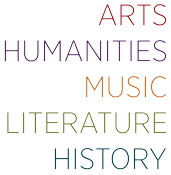In six on-demand video presentations we will examine the variety, beauty and innovative qualities of the Golden Age as we view and interpret landscapes, portraits, still life and genre scenes, placing them in cultural and historical context.
Course Instructor
One Time Payment
$185.00
30 days of access
6 on-demand video presentations
